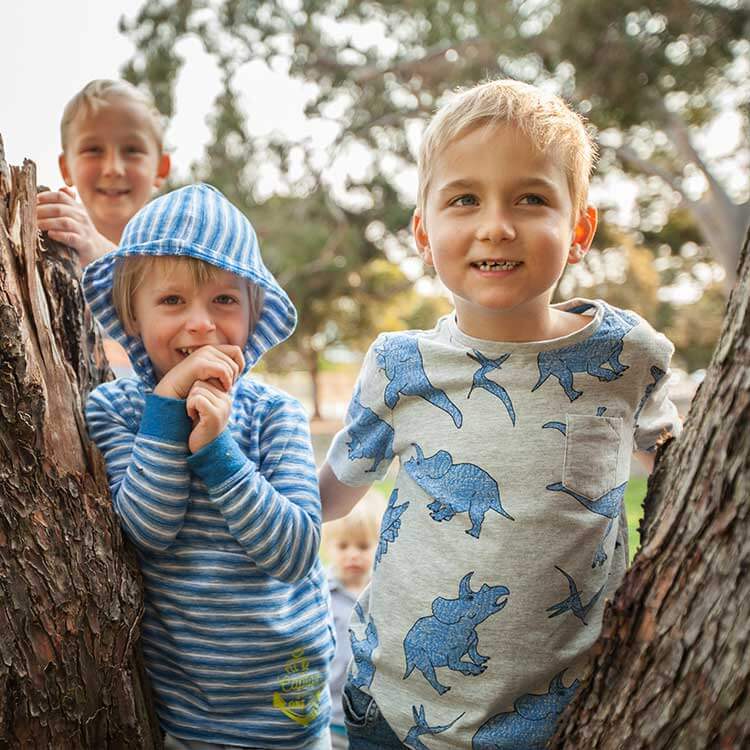Search

News & Events
New report a catalyst for Midland to lead in collaborative community service deliverywe the people worked with CoLab, a partnership between The Kids and Minderoo Foundation, to investigatethe needs of local families with children aged 0to8

News & Events
Building strong foundations for healthy brain developmentAn InFocus Research Interview with Kirsten Hancock of the Human Capability Team at The Kids Research Institute Australia on multigenerational disadvantage in Australia.

News & Events
Great Southern to benefit from 10 year Early Years InitiativeNew ways to deliver more effective, evidenced-informed child development services will be forged through an innovative community partnership in the Central Great Southern.

News & Events
Aussie kids using strengths to overcome hurdlesThe Multiple Strength Indicator is a strength based measure that provides information on children’s developmental strengths as they commence full-time school.
News & Events
Children follow in their parent’s behaviour footstepsNew research shows that parents have an important role to play in teaching their children to understand another person's feelings and point of view.
News & Events
Breastfeeding Boosts Brain PowerChildren who are mainly breastfed for the first six months (or longer) score significantly higher academically at 10 years of age, especially boys.
Research
Childhood Education and Development Services in IndonesiaAlthough children's later experiences can still have an effect, developments in early childhood have long-lasting effects on health, behaviour and learning...
Research
Early Childhood Research and Indonesia's Young ChildrenThis chapter assesses what global evidence tells us about the importance of early childhood education and development...
Research
Inequalities in child healthy development: some challenges for effective implementationInequalities in child healthy development: some challenges for effective implementation
Research
Provision of Engagement Services for the AEDCSupport services to the Department of Education and Training and the AEDC State and Territory Coordinators and their support staff across Australia.
